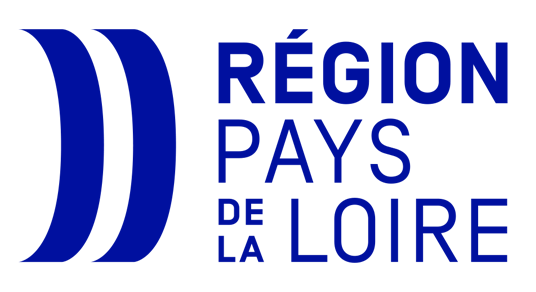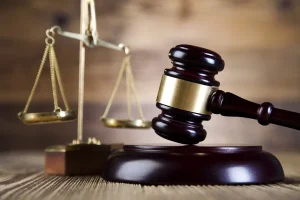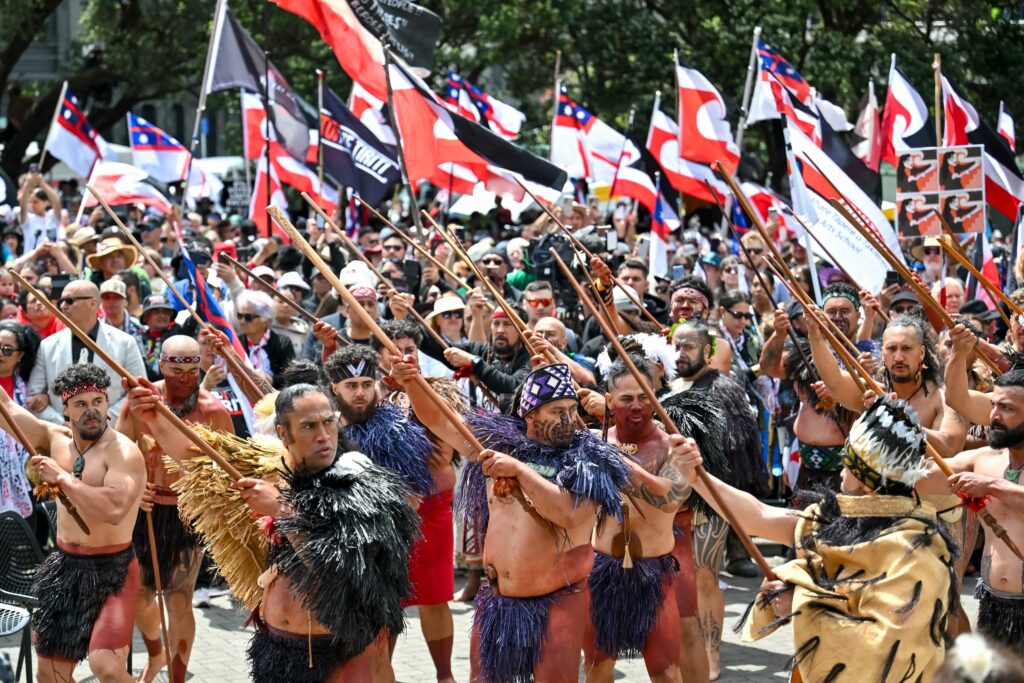History
At the beginning of the 19th century, New Zealand was inhabited by Maori people. Organised into tribes (iwi) with their own systems of governance and customs. The history of the Maori in New Zealand began between 700 and 1,000 years ago. Polynesian people migrated to these islands, forming a rich and complex society. They developed social structures based on iwi (tribes) and hapū (clans). Oral traditions, songs, dances (such as the haka) and belief systems are rooted in respect for nature.
The first Europeans arrived in the 1760s and over time more and more British settlers moved to the islands. They were attracted by natural resources such as timber, farmland and the whaling trade. Tensions grew between the Maori and the Europeans, particularly as a result of land sales, uncontrolled European immigration and cultural differences. In response to these tensions, the British Crown decided to draw up a treaty. This treaty aimed to ensure the protection of the Maori while consolidating its authority over the territory.
Political Organisation
It seems very important to start by reviewing the political organisation of New Zealand. New Zealand is a constitutional monarchy. It recognises a monarch as head of state, but his role is essentially symbolic and ceremonial. The current monarch is King Charles III. Secondly, the New Zealand Parliament is a unicameral legislative body. It means that there is only one chamber, unlike other countries which have separate chambers.
New Zealand’s current government is led by the National Party. They were elected on 14 October 2023. The result of these elections led to the formation of a coalition government. The current Prime Minister is Christopher Luxon, the leader of the National Party. He took office after his party won the 2023 general election. Christopher Luxon is a former Air New Zealand executive. He became leader of the National Party in 2021 and has since led his party to electoral victory. The National Party, despite winning the most seats, did not win an absolute majority in Parliament. As a result, it formed a coalition government with two other political parties. First the ACT New Zealand (a liberal right party), led by David Seymour. Then the Māori Party, a political party representing Maori interests, led by Rawiri Waititi.
Tensions linked to the amendment of the Treaty of Waitangi
The Treaty of Waitangi
This treaty is an agreement signed on February 6, 1840 between the British Crown and various Maori chiefs in New Zealand. It was signed at Waitangi, in the Bay of the North Island. The aim was to establish the principles of shared governance. The treaty also aims to guarantee Maori rights while allowing the British crown to take control of the territory. New Zealand is currently facing a political and social crisis following a reform project aimed at revising certain aspects of the 1840 Treaty of Waitangi.
This treaty is fundamental to relations between the British Crown and the Maori communities. Indeed, it guarantees land ownership and cultural rights to the indigenous populations. Historically, this text represents an act of recognition of Maori identity. It seals an agreement of cohabitation and mutual respect between settlers and indigenous peoples. For the Maori, it symbolises much more than a legal document. It is a pillar of their legitimacy and autonomy.
Revision of the treaty
However, the current Conservative government, led by Christopher Luxon, is proposing some controversial changes. These include the replacement of Maori language department names with English terms and the dissolution of the Maori Health Authority. These initiatives are seen as an attempt to marginalise Maori identity and culture within national institutions. This could undermine Maori representation in key areas, such as public health, where disparities still exist. The government, for its part, defends the reform as a means of standardising administration and promoting equality.
The bill was due to be debated in parliament on Thursday. However the sitting was interrupted when Hana-Rawhiti Maipi-Clarke, a 22-year-old Maori Party MP, stood up, tore the bill in half and began a ka mate haka, a traditional sung dance performed by Maoris during conflicts to impress their opponents. Other members of her party immediately joined in.
« The very fact of having put forward such a proposal threatens to divide New Zealand in a way that I have never seen in my adult life«
Former Conservative Prime Minister Jenny Shipley.
Demonstrations
In response, the Maori communities organised rallies and demonstrations to defend their rights. They perform haka dances, their faces are tattooed and they are draped in traditional feather coats. They demonstrate with ceremonial wooden weapons and flags. According to the police, around 35,000 people demonstrated in Wellington on Tuesday November 19 in support of Maori rights and against a proposed revision of the Treaty of Waitangi. They reflecti immense anger and fear at what they see as an attempt to roll back long-held social and cultural gains. For many Maori, the Treaty of Waitangi represents a historic and moral covenant. That the government must respect the interests of social justice and peace between communities. This situation highlights the need to maintain a balance between tradition and modernity in New Zealand. A strengthened dialogue is essential to preserve the place of indigenous peoples in contemporary New Zealand society.
What happens now?
The Treaty of Waitangi has not been amended in its original form. The Waitangi Tribunal has continued to investigate and adjudicate Maori claims for breaches of the principles of the treaty. These claims often relate to loss of land or historical injustices (such as Maori wars and land confiscations) and the failure of the government to honor treaty commitments. These claims have led to financial compensation and land restitution, as well as formal acknowledgements of wrongs suffered by Maori.










